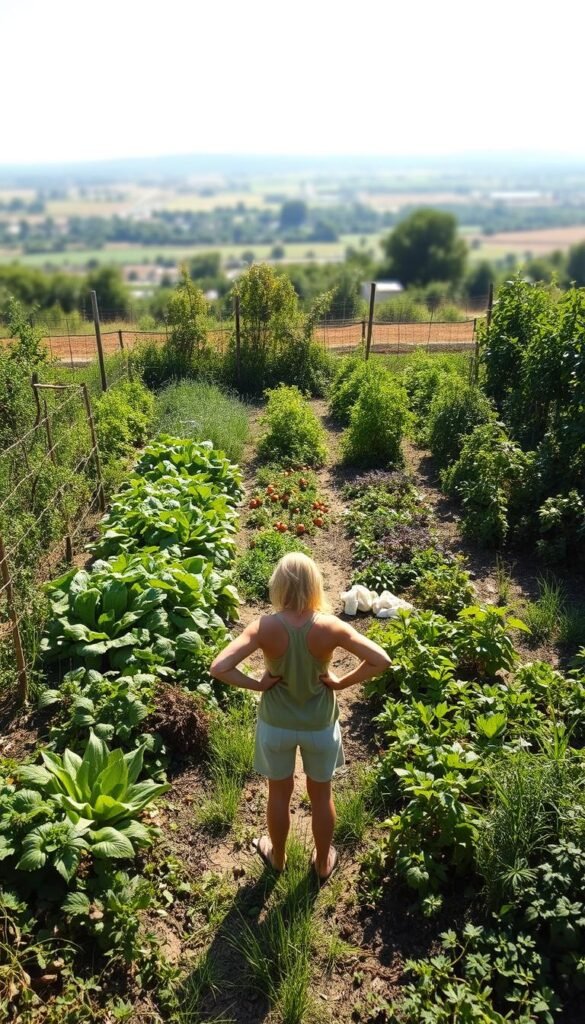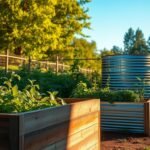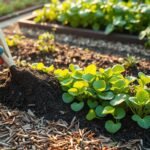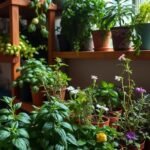Starting your gardening journey can feel overwhelming. Soil quality, planting schedules, and unpredictable weather all play a role in whether your plants thrive. But here’s the good news: every seasoned gardener once stood where you are now. With a little guidance, you’ll grow more than just vegetables—you’ll grow confidence.
Many first-time growers worry about getting every detail perfect. The truth? Mistakes are part of the process. What matters is learning which missteps cost the most time and energy. By focusing on a few key areas, you’ll sidestep frustrations that make some quit too soon.
Think of this as your shortcut through trial and error. We’ve gathered insights from years of experience to highlight the pitfalls that trip up most newcomers. You’ll discover how to create strong roots for your garden—literally and figuratively—while saving months of guesswork.
Ready to dig in? Let’s turn those beginner jitters into a thriving patch of greens, tomatoes, or whatever makes your plate happier. Your first harvest might surprise you!
Understanding Your Garden’s Environment
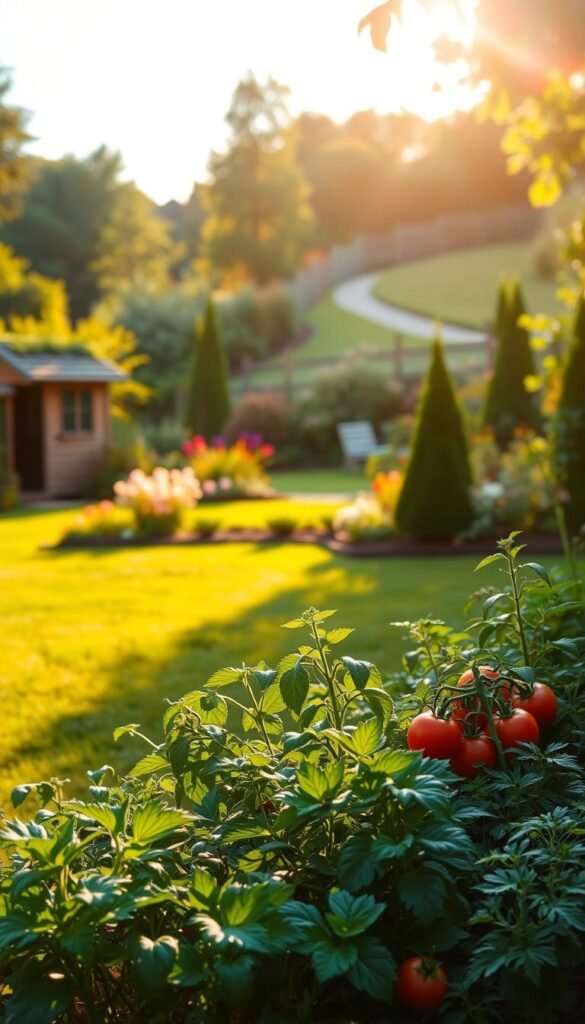
Your garden’s success starts with three silent partners: soil, water, and sunlight. Getting these elements right means happier plants and fewer headaches later. Let’s break down how to work with nature instead of against it.
Sunlight and Soil: The Dynamic Duo
Track how sun moves across your yard before planting. Warm-season crops like tomatoes demand 8 hours of direct light daily, while lettuce thrives with just 5-6 hours. Use this simple trick: mark sunny spots with sticks every 2 hours from 8 AM to 6 PM.
| Plant Type | Daily Sun Needs | Water Frequency |
|---|---|---|
| Tomatoes/Peppers | 8+ hours | Every other day |
| Lettuce/Spinach | 5-6 hours | Daily |
| Root Vegetables | 6-7 hours | Every 3 days |
Zone Wisdom and Water Timing
Your USDA gardening zone dictates when to plant. Cold soil stunts growth – wait until night temps stay above 50°F for warm-weather seedlings. Water at dawn to prevent leaf burn and mold. If leaves droop by noon, give them an extra drink.
Always check seed packets for spacing clues. Overcrowded plants compete for resources, leading to smaller harvests. Remember: good drainage matters more than perfect soil texture. If puddles linger after rain, mix in compost or sand.
Common Planting Pitfalls for New Gardeners
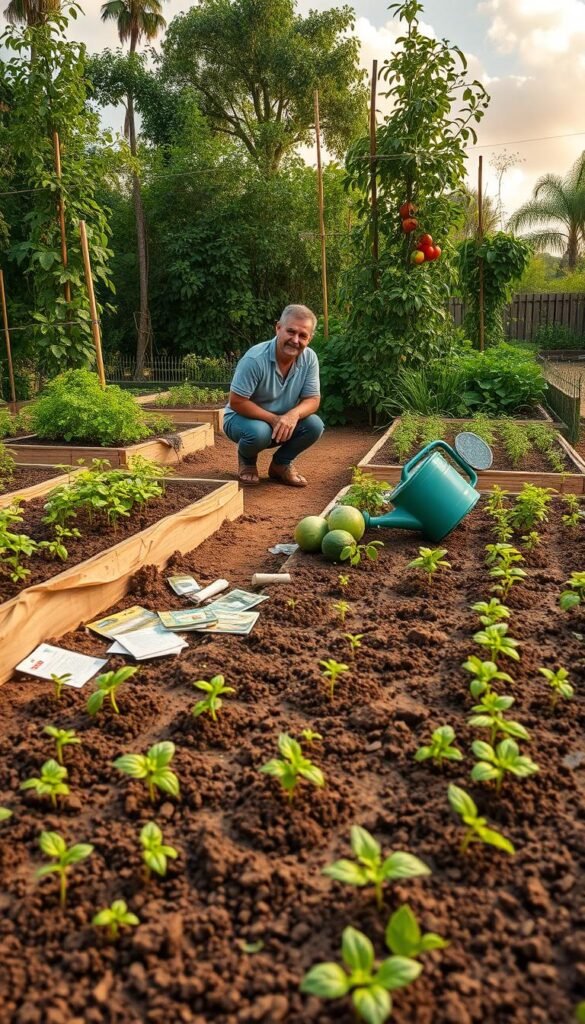
Timing and spacing make or break your first harvest. While enthusiasm often pushes you to start planting immediately, nature follows its own rhythm. Two common mistakes—rushing the season and cramming too much into limited space—can turn thriving plants into struggling survivors.
When Patience Becomes Your Superpower
Warm spring days tempt many to sow seeds prematurely. But soil acts like a sleeping giant—it needs weeks of consistent sun to warm fully. In zone 6A, for example, air temperatures might climb in April while soil remains below 50°F. Cold earth stalls root development, leaving seedlings vulnerable to rot.
Use your local frost dates as anchors. Most gardening zones provide safe planting windows for tomatoes (after last frost) and peas (before it). A $10 soil thermometer removes guesswork—wait until readings stay above 60°F for warm-season crops.
The Art of Giving Plants Breathing Room
Overcrowded plants become neighbors nobody wants. They fight for sunlight, water, and nutrients while creating perfect conditions for mildew. Those cute pepper starters? They’ll double in size and need 18 inches between stems.
Follow spacing guides on seed packets religiously. If your garden feels cramped, try vertical growing for cucumbers or staggered rows for lettuce. Thinning sprouts might feel harsh, but it’s kinder than letting five carrots battle for one inch of space.
Remember: air circulation matters as much as sunlight. Squash leaves rubbing together spread blight faster than gossip. Leave pathways wide enough for your hands—you’ll thank yourself come harvest time.
Beginner Vegetable Garden: 5 Mistakes to Avoid in Your First Season
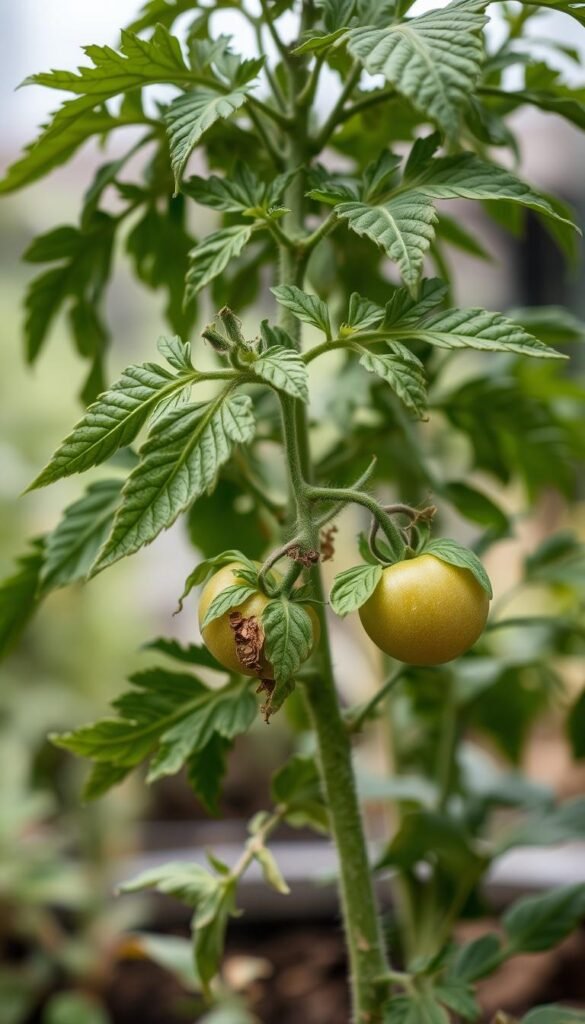
New growers often chase the thrill of juicy tomatoes only to face wilted leaves and stolen fruit. While popular, these crops demand precise care – a recipe for frustration when you’re still learning basics. Let’s explore how to build skills through strategic plant choices.
Why Fruiting Plants Test Patience
Tomato plants act like needy houseguests. They require 80+ days to mature, perfect pH levels, and constant pest patrols. Squirrels often snatch ripe fruit hours before you plan to pick. One study found 40% of first-time tomato growers lose their entire crop to animals or blight.
| Crop Type | Time to Harvest | Skill Level |
|---|---|---|
| Microgreens | 5-10 days | Beginner |
| Leafy Herbs | 3-4 weeks | Easy |
| Root Vegetables | 6-8 weeks | Intermediate |
| Tomatoes/Peppers | 10-14 weeks | Advanced |
Harvesting: The Secret Growth Hack
Plants speak through their produce. When you pick basil leaves regularly, they grow bushier. Leave zucchini too long? The plant thinks “job done” and stops making flowers. For continuous yields:
• Check greens daily after week 3
• Pick tomatoes when shoulders turn red
• Harvest carrots when tops peek from soil
This rhythm tells your garden to keep working. Overripe veggies left rotting? That’s like hitting a “stop” button on production. Set phone reminders if needed – consistency beats perfection.
Tips for Adapting Your Space and Garden Size
Your growing area doesn’t need to match magazine spreads to succeed. Start by matching your setup to your daily capacity. A thriving plot often begins with smart space use rather than square footage.
Choosing the Right Containers or Garden Plots
Depth matters more than width for most plants. Herbs like basil flourish in 8-inch pots, while tomatoes demand containers at least 12 inches deep. Fabric pots prevent soggy roots, and small-space crops like lettuce thrive in wall-mounted planters.
Scaling Your Garden Gradually
Add 2-3 new plant types each season instead of overwhelming yourself. Try vertical trellises for cucumbers before expanding ground crops. Track what thrives – you’ll learn which plants suit your routine and microclimate.
Rotate pots weekly for even sun exposure, and elevate containers to improve drainage. Remember: a modest harvest you maintain beats an ambitious one that withers. Growth comes through adjustments, not perfection.
